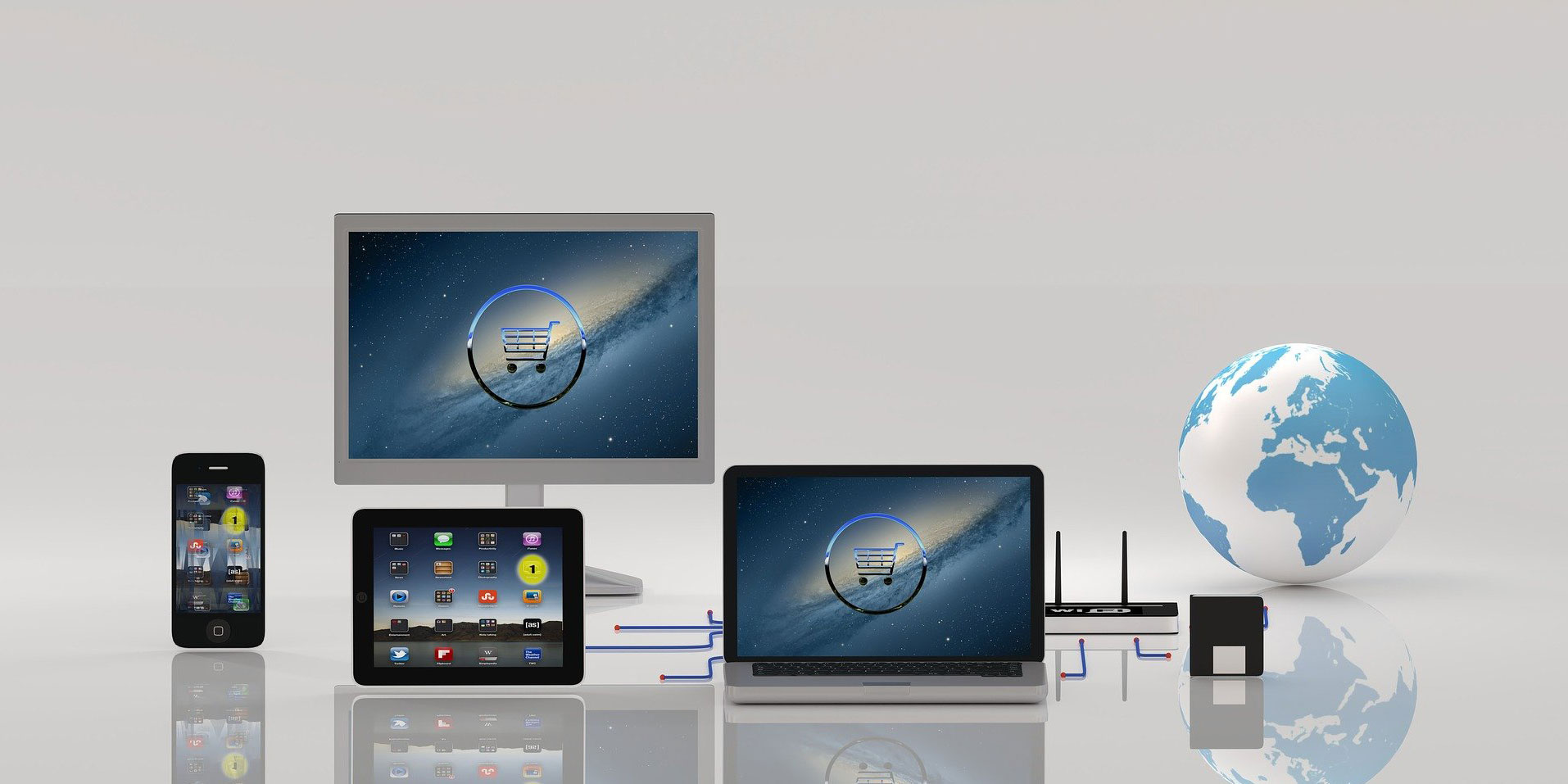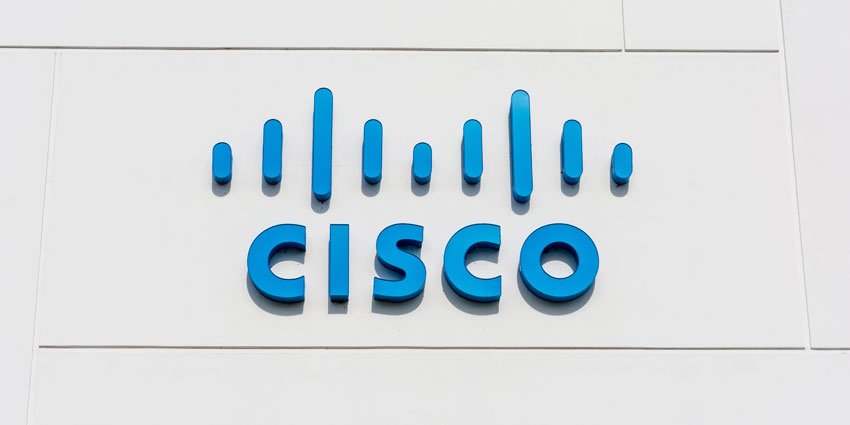Did you know that companies that leverage customer journey mapping are 2x times more likely to outperform competitors than those that don’t, according to Gartner research? This is because customer journey maps reveal essential insights into the customer experience before, during, and after their interactions with a contact centre, highlighting important bottlenecks and areas for improvement.
Today, technologies like data visualisation and omnichannel analytics make it easier to create clear, accurate customer journey maps. Let us break down the process into its key details.
What is a Customer Journey Map?
You can define a customer journey map as a sequential outline of the customer experience from the moment they become aware of your brand to the time when they finally make a purchase (i.e., conversion), marking out key milestones such as registering for a free trial, the first invoice, a chatbot query, etc. Organisations can choose to extend this map into the post-purchase phase, spanning support, warranty services delivery, referrals, and repeat business.
The process of analysing customer experiences across various business touchpoints to formulate a largely accurate outline (keeping in mind inevitable individual variances) is called customer journey mapping.
Technologies You Need for Customer Journey Mapping
Interestingly, you don’t necessarily need digital enablers to come up with a customer journey map – even though they do enhance the process. There are several templates available in the public domain as well as from CX technology providers to help you visualise the customer experience from start to finish.
Your goals during this exercise should be:
- Understand different customer personas and their approaches to interacting with your brand
- Identify touchpoints of interest and amplify brand presence there
- Isolate intervention points for contact centre support and prepare your agents accordingly
- Locate bottlenecks that could be hindering conversion and initiate intervention
Some of the technologies that can help you in customer journey mapping are customer intelligence, omnichannel traffic data, collaborative whiteboards, and, of course, visualisation tools.
Customer intelligence will give you insights CX expectations, the personas you are addressing, their likes, dislikes, and aspirations. You can correlate these with omnichannel traffic to understand where exactly your target customer is “hanging out.” Collaborative whiteboards aid in brainstorming, as you speak with sales, marketing, product, and other teams to figure out the journey map of your average customer.
Finally, visualisation tools help to create rich graphics, with data annotations and even dynamic updates.
Do keep in mind that customer journey mapping can be done entirely manually, with some help from your customer intelligence repositories.
Customer Journey Mapping Tips and Pitfalls
The most important thing to remember during customer journey mapping is that it is a strategic exerciser. The map won’t guide your everyday operations but will shape long-term decisions, like designing outbound campaigns. Second, attach an “emotion label” to every milestone, capturing what drives them towards the next step in conversion, or deters them altogether.
Finally, remember to avoid pitfalls such as:
- Treating customer journey maps as a static, finalised deliverable
- Keeping the map restricted to a single channel
- Focusing on a single persona or demographic







